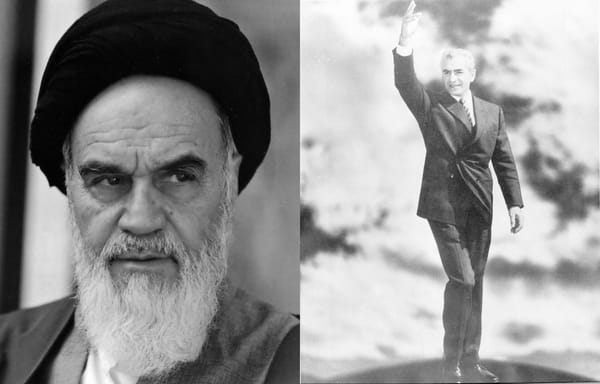A Bayesian look at the Mullah Omar affair

A recent new book by the Dutch journalist Bette Dam, and its English summary published as “The Secret Life of Mullah Omar” by the Zomia Center, maintain that Mullah Omar, the erstwhile leader of the Afghan Taliban, lived in a small village in Afghanistan after the American invasion of late 2001, and stayed there until his death in 2011. Ms Dam’s main informants are former associates of the late Mullah Omar, including his personal driver who spent several years with him hiding in a nondescript house a few miles from the American “Wolverine” FOB, near the capital of Zabul province. This revelation runs contrary to the accepted wisdom, and countless previous reports, including American intelligence assessments, according to which Mr Omar was in Pakistan, presiding over the Quetta Shura, the highest level of command of the Taliban. The new report sparked a lively debate including some knee-jerk reactions by the supporters of the “Taliban as Pakistan’s ISI proxy” theory, who saw Ms Dam’s revelations as an attempt to undermine the role of Pakistani intelligence services in the Afghan insurgency and at the same time whitewash the Taliban’s image at a critical juncture of the US-Taliban talks in Doha.
Regardless of the merits of Bette Dam’s recent report and the solidity of its evidence, a simple Bayesian observation shows that the conditional probability of the Taliban being an ISI proxy given that Mullah Omar lived marginalised in an Afghan village after 2001, is actually greater than its a priori probability.
\[ P ( T \subset \mathit{ISI} \mid MuOm \in \mathit{Afg} ) \gg P ( T \subset \mathit{ISI} ) \]
This can be seen with a simple application of Bayes theorem:
\[ P ( A \mid X ) = \frac{ P ( X \mid A ) P ( A ) }{ P ( X ) } \]
The first term to consider is the reversed conditional probability. Considering the independence of judgement — for good and bad — shown by Omar when he was the leader, and assuming that the Taliban are indeed controlled by the Pakistanis, the ISI minders would just be happy to have Mr Omar removed from the decision-making room in Quetta, marginalising him in a symbolic role and deal with more pliable apparatchiks. (In fact, they could run the operation for two years after his death and nobody noticed). Hence we can assume that
\[ P ( \mathit{MuOm} \in \mathit{Afg} \mid T \subset \mathit{ISI} ) \]
is “quite high”. The second term to consider, that appears in the denominator of Bayes equation, is the a priori probability of Mullah Omar having lived almost all the time in Afghanistan. Given that nobody gave credit to it, and the widespread disbelief — to put it mildly — surrounding Bette Dam’s new report is but a further confirmation, we can assume that
\[ P ( \mathit{MuOm} \in \mathit{Afg} ) \ll 1 \]
Putting the pieces together, the factor that relates the a priori and conditional probabilities of the event “the Taliban are controlled by the ISI” is greater than one, which proves the initial statement.
\[ \frac{ P ( \mathit{MuOm} \in \mathit{Afg} \mid T \subset \mathit{ISI} ) }{ P ( \mathit{MuOm} \in \mathit{Afg} ) } \gg 1 \]
So the scholars of the ISI-Taliban nexus, both in Afghanistan and elsewhere, have no reasons to worry about the alleged revelations about the secret life of Mullah Omar, and may even enjoy reading the report itself instead of just berating it on Twitter.
Acknowledgements
Photo by Pierpaolo Lanfrancotti on Unsplash



